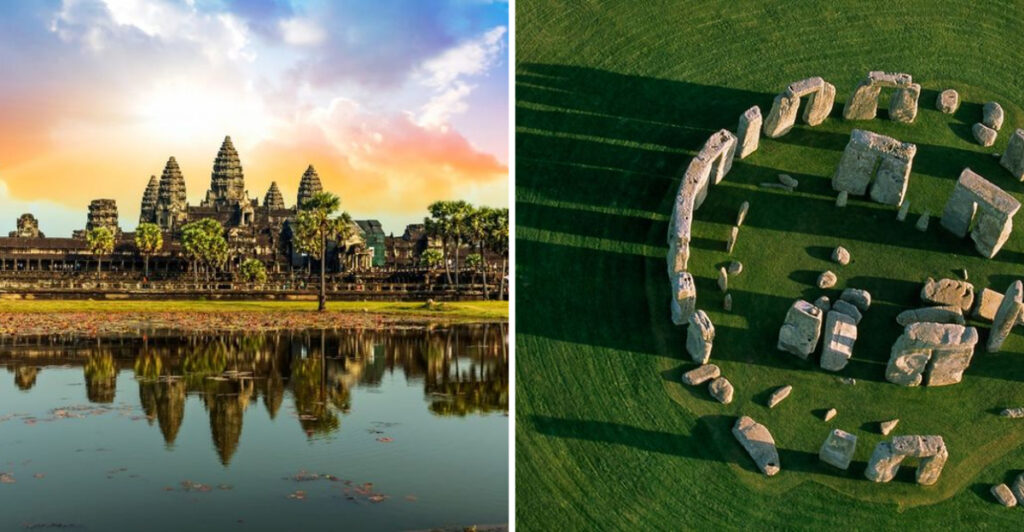Explore the wonders of history with our list of the world’s most fascinating archaeological sites you can visit. From ancient cities to mysterious structures, each location offers a unique glimpse into the past. Discover the stories behind these incredible places and plan your next adventure to witness history firsthand.
Machu Picchu, Peru
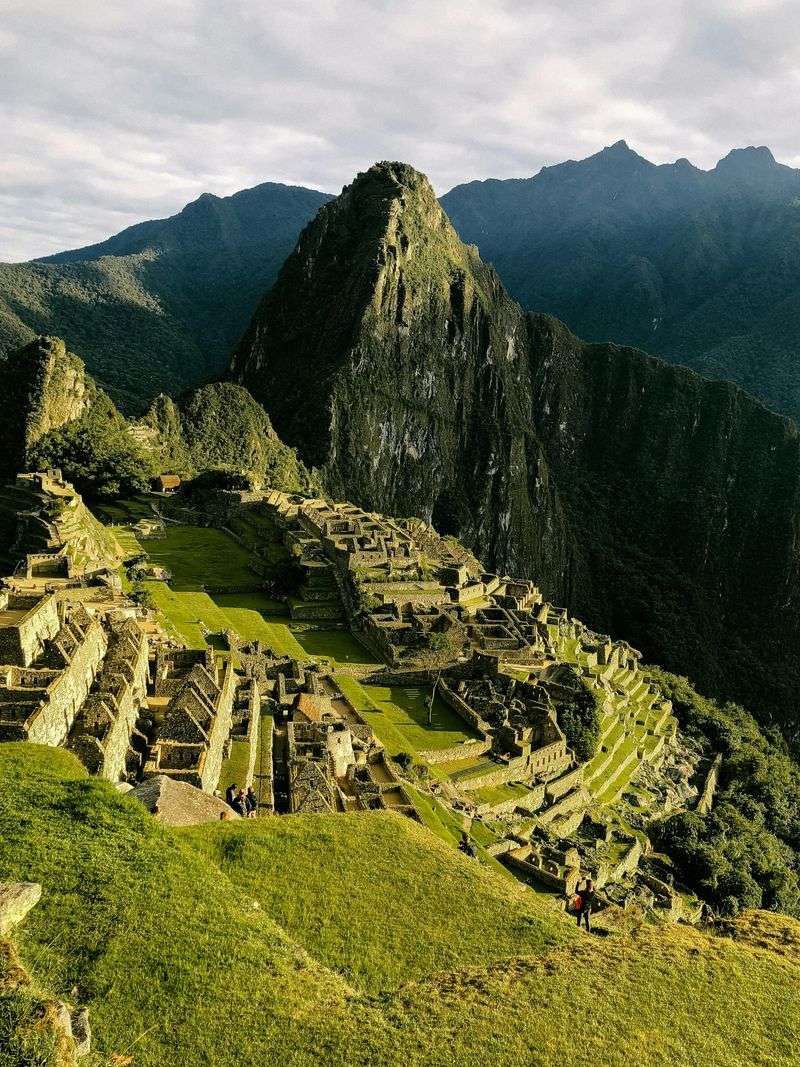
Perched high in the Andes Mountains, Machu Picchu is a testament to the ingenuity of the Inca Empire. This 15th-century citadel reveals the architectural prowess of its creators.
Surrounded by lush greenery, the site provides breathtaking views of the Peruvian landscape. Visitors can explore its well-preserved structures, including temples, terraces, and tombs.
Did you know? Machu Picchu was unknown to the outside world until its discovery by American historian Hiram Bingham in 1911. The site’s mystical ambiance continues to captivate travelers from around the globe.
Petra, Jordan
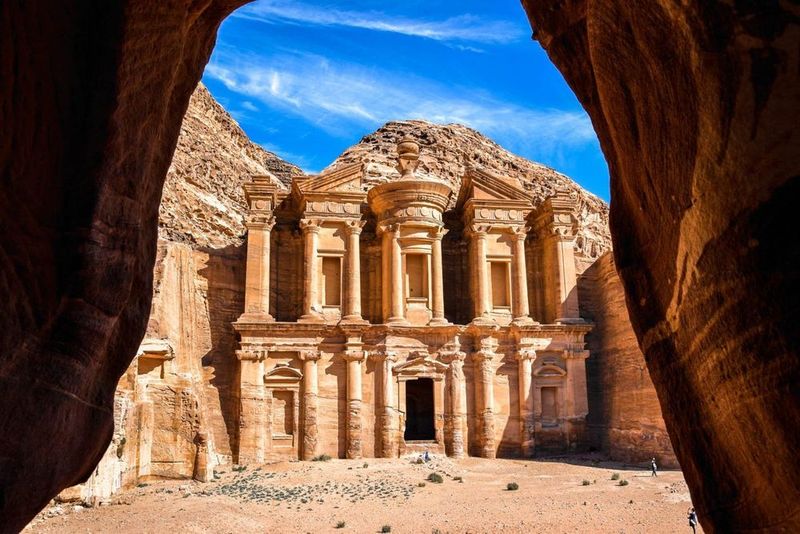
Hidden within the rose-red cliffs of southern Jordan, Petra is an archaeological marvel that dates back to the 5th century BC. The Nabateans carved this city into the rock, showcasing their artistic and engineering prowess.
As you walk through the narrow Siq, the Treasury emerges as a breathtaking surprise, its intricate facade leaving visitors in awe.
Fun fact: Petra was largely unknown to the Western world until Swiss explorer Johann Ludwig Burckhardt rediscovered it in 1812. Its dramatic setting continues to enchant visitors today.
Pyramids of Giza, Egypt
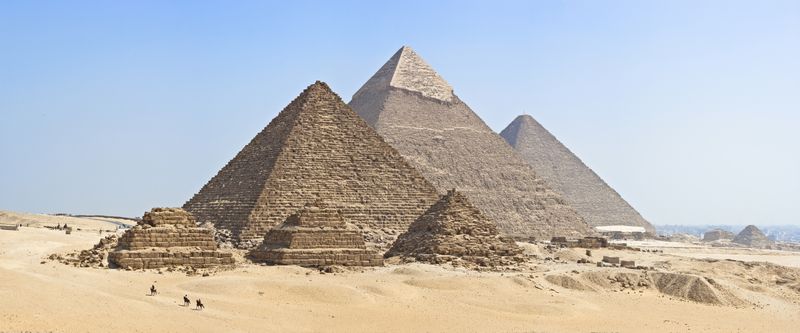
The Pyramids of Giza stand as a testament to ancient Egypt’s architectural and engineering achievements. These monumental tombs, built for pharaohs, have intrigued historians for centuries.
The Great Pyramid, the largest of the trio, was originally covered in casing stones that shone brilliantly in the sun. Visitors can explore the complex and ponder the mysteries of these iconic structures.
Did you know? The Great Pyramid was the tallest man-made structure in the world for over 3,800 years. It still captivates visitors with its grandeur and historical significance.
Stonehenge, England
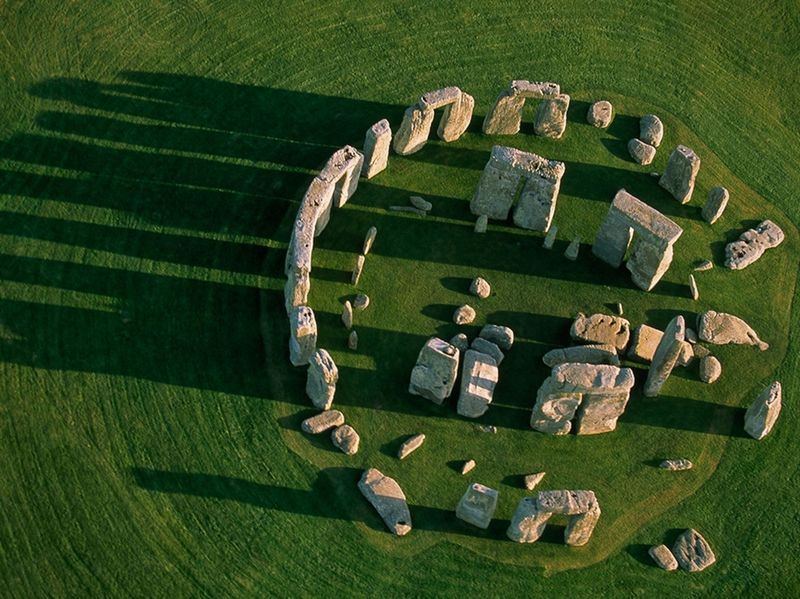
Stonehenge, a prehistoric monument on Salisbury Plain, has puzzled archaeologists for generations. Its massive stone circles, dating back to 3000 BC, remain shrouded in mystery.
The stones’ alignment with celestial events suggests a connection to ancient rituals or astronomical observations. Visitors can walk among these stones and imagine the ceremonies that once took place here.
Fascinating fact: Stonehenge’s construction involved stones transported from over 150 miles away. This feat of ingenuity continues to amaze those who visit this iconic site today.
Chichen Itza, Mexico
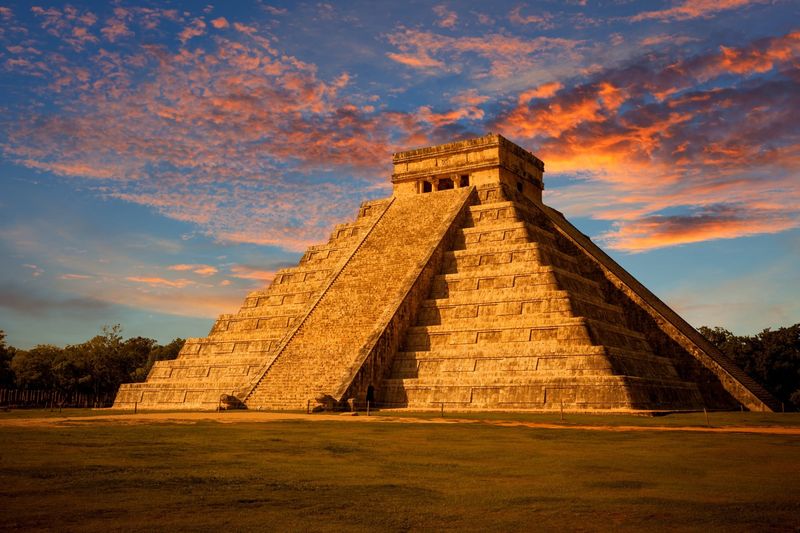
Chichen Itza, a UNESCO World Heritage site, reflects the glory of the ancient Maya civilization. The Pyramid of Kukulcan, also known as El Castillo, is a focal point of the site.
This pyramid’s design is a testament to the Mayans’ understanding of astronomy, with its shadow forming a serpent during equinoxes. Visitors can explore the ancient city and learn about its cultural significance.
Intriguing detail: Chichen Itza was one of the largest Mayan cities, and its ruins include a vast array of architectural styles. It remains a symbol of Mayan heritage and ingenuity.
Pompeii, Italy
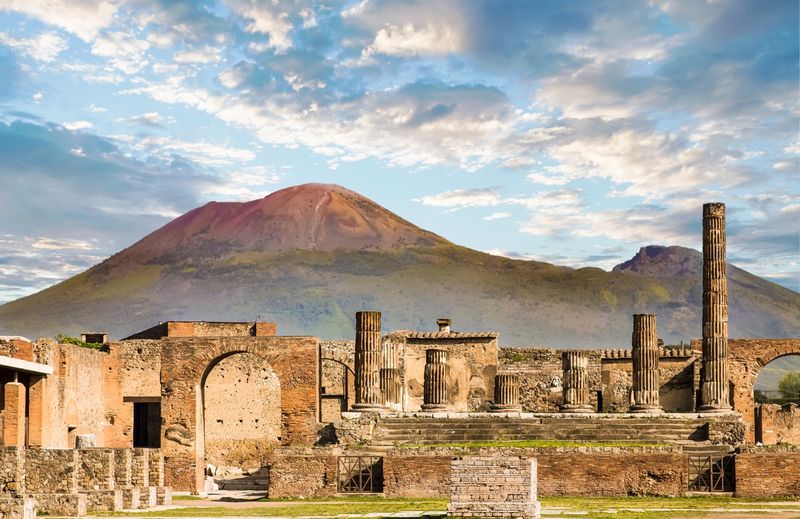
Pompeii, a bustling Roman city, was frozen in time by the catastrophic eruption of Mount Vesuvius in 79 AD. This tragic event preserved the city, providing a unique glimpse into Roman life.
Visitors can wander through the streets, exploring homes, temples, and markets that remain remarkably intact. The site offers an eerie yet fascinating insight into ancient Roman society.
Did you know? The ash and pumice that covered Pompeii preserved not only buildings but also the everyday lives of its inhabitants. It’s a haunting reminder of nature’s power and historical vulnerability.
Angkor Wat, Cambodia

Angkor Wat, the world’s largest religious monument, is a masterpiece of Khmer architecture. Built in the 12th century, it symbolizes the pinnacle of Khmer art and civilization.
Its intricate bas-reliefs and towering spires captivate visitors, offering a spiritual journey through history. The temple’s alignment with celestial elements enhances its mystical appeal.
Fun fact: Originally a Hindu temple, Angkor Wat transitioned to a Buddhist site, reflecting Cambodia’s cultural evolution. It remains a revered symbol of national pride and spiritual heritage.
Terracotta Army, China
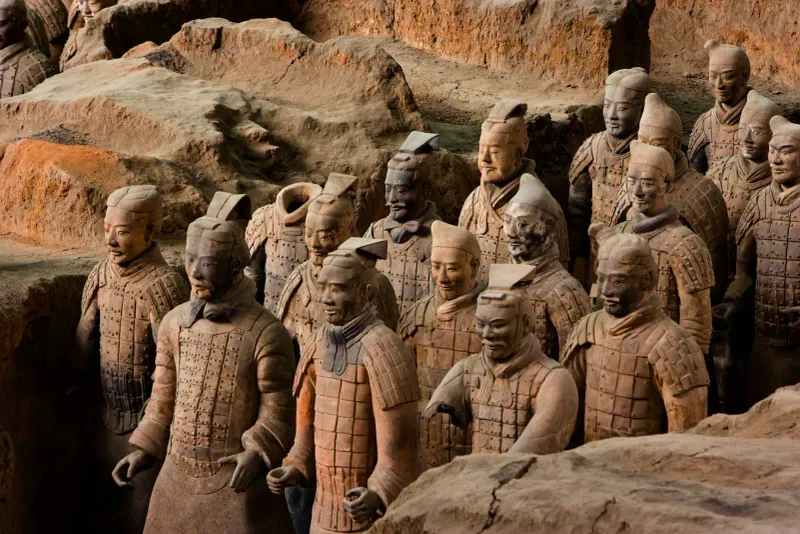
The Terracotta Army, unearthed in Xi’an, represents an astonishing feat of ancient Chinese artistry. Over 8,000 life-sized figures were crafted to guard the tomb of Emperor Qin Shi Huang.
Each soldier is uniquely detailed, showcasing the craftsmen’s skill and attention to realism. Visitors can explore the vast pits that house this army, revealing insights into China’s imperial history.
Did you know? The Terracotta Army was discovered by local farmers in 1974, bringing to light one of history’s greatest archaeological finds. It’s a testament to the legacy of China’s first emperor.
Acropolis of Athens, Greece
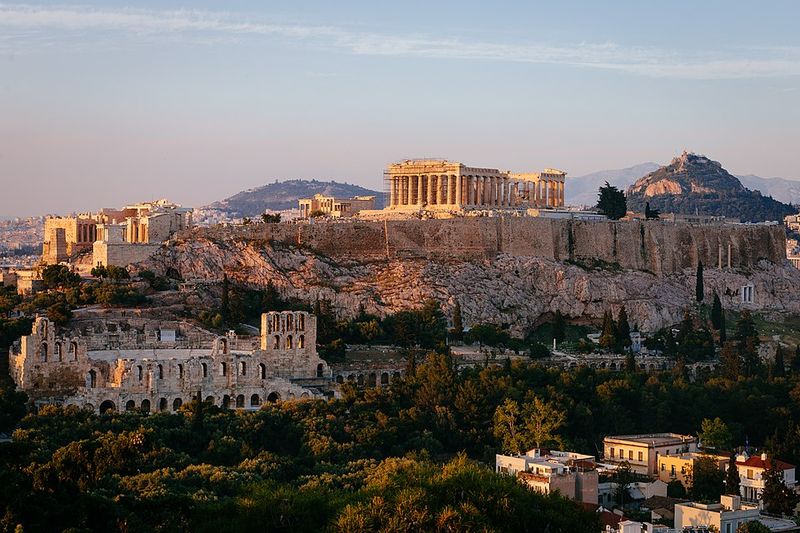
The Acropolis of Athens stands as a symbol of Classical Greece and its enduring legacy. Dominated by the Parthenon, this ancient citadel reflects the artistic and political achievements of Athens.
Visitors can walk amid the ruins, imagining the vibrant life that once thrived here. The site’s historical and architectural significance continues to inspire admiration.
Interesting note: The Acropolis was originally a religious center dedicated to Athena, the city’s patron goddess. It remains a powerful symbol of Greek cultural heritage and democratic ideals.
Moai Statues, Easter Island
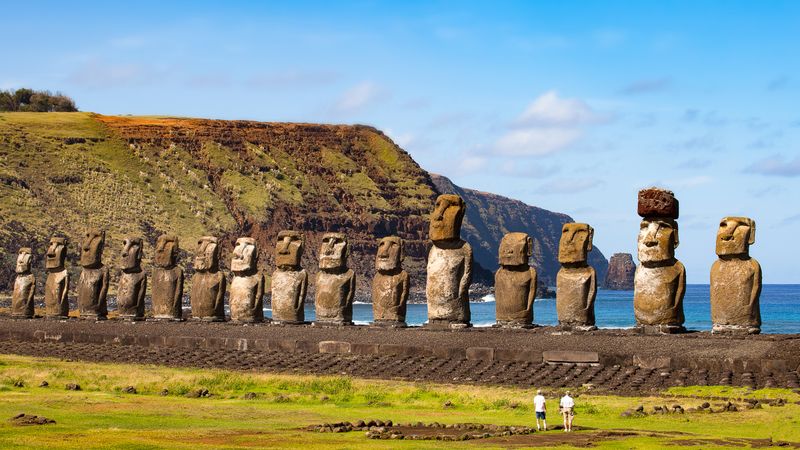
The Moai statues of Easter Island remain one of archaeology’s most intriguing mysteries. Carved by the Rapa Nui people, these monolithic figures average 13 feet in height.
The statues’ purpose and method of transportation continue to puzzle researchers. Visitors can explore the island, reflecting on the creativity and determination of its ancient inhabitants.
Quirky tidbit: Despite their massive size, some theories suggest the Moai were “walked” into place using a sophisticated system of ropes. They stand as silent witnesses to the island’s enigmatic past.

